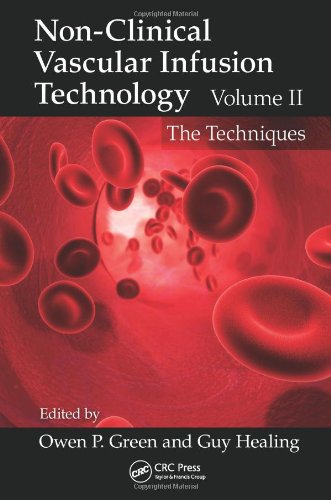

Most ebook files are in PDF format, so you can easily read them using various software such as Foxit Reader or directly on the Google Chrome browser.
Some ebook files are released by publishers in other formats such as .awz, .mobi, .epub, .fb2, etc. You may need to install specific software to read these formats on mobile/PC, such as Calibre.
Please read the tutorial at this link. https://ebooknice.com/page/post?id=faq
We offer FREE conversion to the popular formats you request; however, this may take some time. Therefore, right after payment, please email us, and we will try to provide the service as quickly as possible.
For some exceptional file formats or broken links (if any), please refrain from opening any disputes. Instead, email us first, and we will try to assist within a maximum of 6 hours.
EbookNice Team

Status:
Available0.0
0 reviewsIntravenous infusion is a necessary mode of delivery for many pharmaceuticals currently on the market or undergoing clinical trials. The technique of prolonged intravenous delivery in conscious, free-moving animal models has broadened the opportunity to study and evaluate the safety and efficacy of these therapeutic products. With contributions from an international selection of authors who are leaders in commercial infusion technology, Non-Clinical Vascular Infusion Technology, Volume II: The Techniques provides a current account of the techniques involved in all the major laboratory animal species for conducting successful vascular infusion studies with xenobiotics.
Following in the footsteps of the highly praised Handbook of Pre-Clinical Continuous Intravenous Infusion, this new volume covers both up-to-date procedures and equipment. It is organized by species, including all those commonly used in pre-clinical studies: rat, mouse, dog, minipig, large primate, and marmoset. There are also chapters on juvenile studies and reproductive toxicity studies. Each section addresses the selection of the best model, surgical and non-surgical best practices, practical techniques, equipment selection, and commonly encountered background pathologies.
Using a fresh approach, the authors identify best practices to be shared across the industry, and provide guidance on choices for the most acceptable methodologies from an animal welfare perspective. This volume, along with Volume I: The Science, provides a foundation of knowledge on infusion technology and its importance for safe clinical use of substances via this route of delivery.
Features: